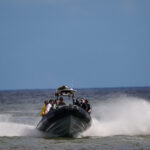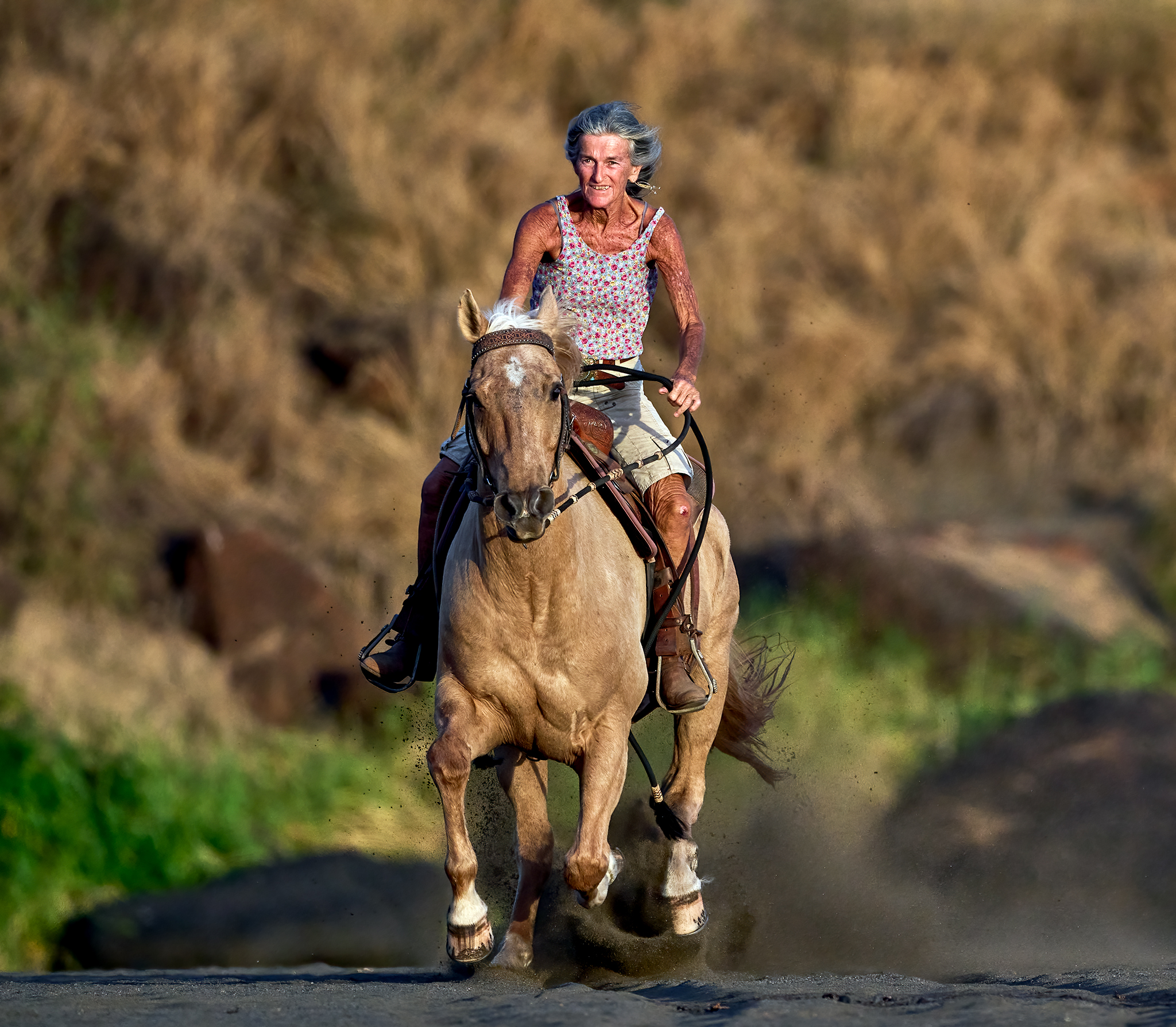In my previous post, the task is to push the new Nikon Z PF 800mm Lens (Z 800) to its breaking point on its weakness’. In my mind the effort is needed, but not much fun. The Post detailing my test is [here].
I have concluded the Z 800 cannot double as a Race Car and as a Delivery Truck. Nikon tells us as much.
So what about Action and Wildlife? Different story, different story in a big way.
The Z 800 is proving to be a superb Action Sports and Wildlife lens. Especially if the target is within 1/4 of a mile distance. Surprisingly, the same conclusion can be made about the use of the lens with Teleconverters. While there are perceptible differences at the longest distances, they are almost imperceptible from the mid-range inward. Oh my!
The Nikon Z9, Z 800, and 2x Teleconverter capture the image above. This shot is not staged, planned, or the result of a paid engagement.
The Nikon Z9, Z 800 capture the images above. They are not staged, planned, or the result of a paid engagement.
Shooting from the same vantage point (i.e., the Harbor), all images appear to be crisp and without material deficiencies.
The Z9 and Z 800 capture our friend and neighbor (Marie and Dundee). Both are sprinting on the beach in Waimea. Look closely at the sand.
Sage Lubeck howls at passersby from her Front Yard Guard Post on the beachfront in Waimea. This image is captured Hand Held. This is not something even conceivable using the Z 800’s Father or Grandfather. I can attest first-hand. Look closely at the ear.
XX Frames Per Secord
So what is the implication of shooting with a camera that provides image capture at 20 or 30 frames per second? Is there any difference, if it is shot in 14 Bit Color RAW format, at almost 50 Megapixels at any desired ISO and 1/0000th rate?
I feel, Photographic Artworks, displayed is large sizes printed on high quality surfaces benefit from the RAW format and 14-bit color in a material manner. If the output is going to be JPEG and web-based (i.e., 72 DPI) you can reduce the format requirements and capture up to 30 frames per second. Note: 24 frames per second is considered filming.
On this Post, I can show you 20 frames of pictures taken from the same Boat Harbor shot and you can decide if 20 frames per second matter.
In my opinion, taking the time to learn about the behavior of the camera and the lens and adjusting the configuration of your gear is highly beneficial. The differences in the results can be material. At a minimum, you will get more quality images from which to choose.
The Nikon Z9 Camera and Z 800mm lens captures 20 images in one (1) second as shown below. I am shooting with manual settings, except for 3D Image Auto Focus. ISO (800), f stop (F8) and speed (1/5000th second). I have 20 pretty decent images from which to choose.




















Teleconverters at Long Distance
At long distances, differences in the quality of the image coming from the Z 800mm when a Teleconverter is in use (or not) are more noticeable. Below are images shot with the 2x Teleconverter and without. The first two images are at Full Frame. The last two are cropped at 100% size.




*** Jeff’s Thoughts & Other Worthless Trivia ***
The decision to move to the Nikon Z Mirrorless format starting with the Z9 Camera feels better and better as each day passes. It feels better and better as each new Z S Type lens enters the marketplace.
For my action and wildlife shooting, the Z 800 is a great addition to the kit. Given its low-price point (as compared to the other offerings) the Z 800 is a brilliant addition to the kit. Is it perfect? Hardly.
What pleases me most? I have the camera and gear to get a wide range of action shots at my fingertips. I feel I can get most every image I desire. If the results are lacking? It is the photographer.









Nice!